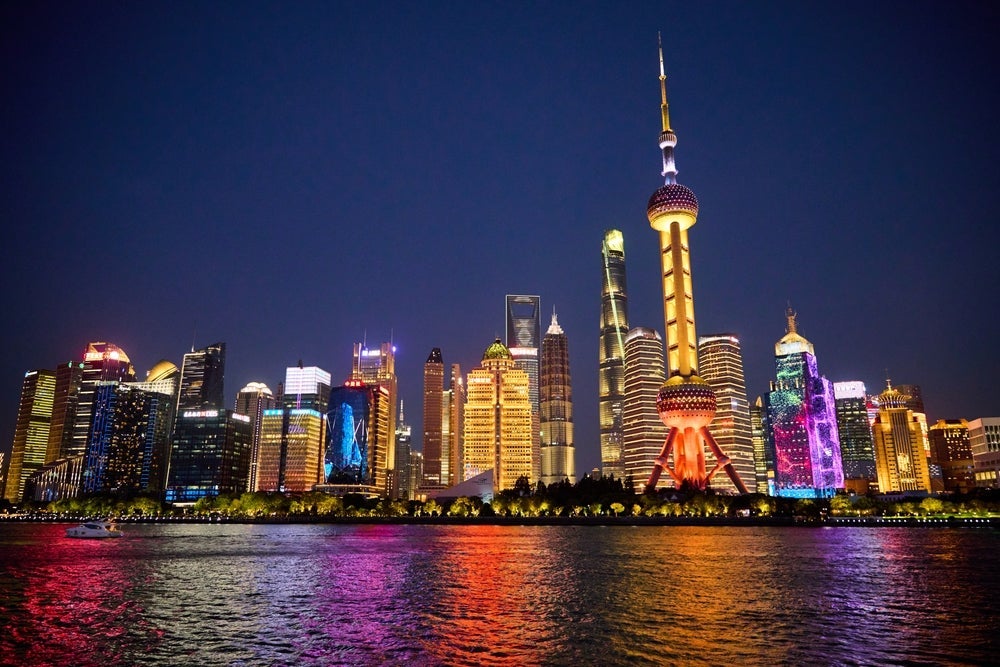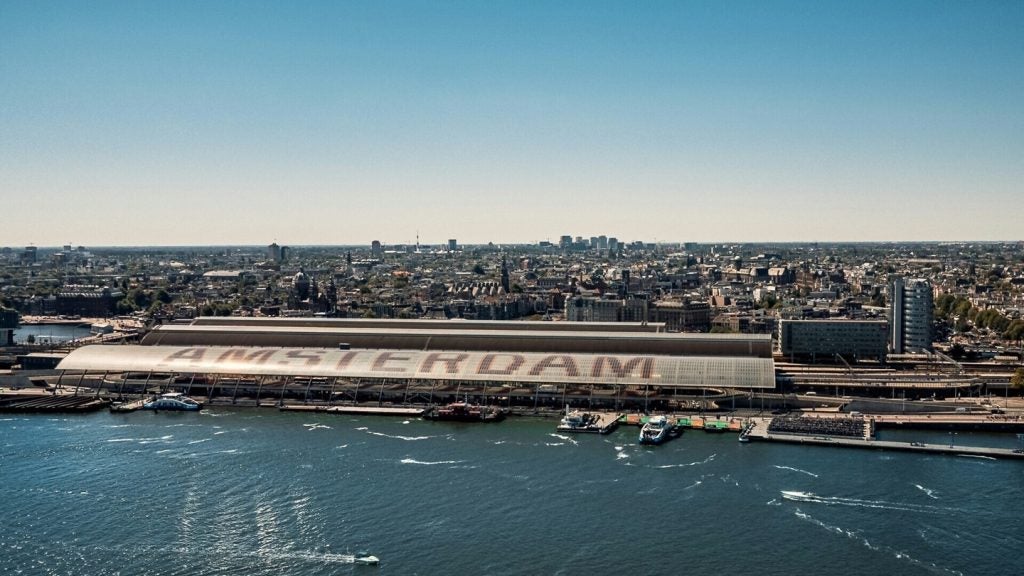
India has been planning its 5G rollout for years, but it keeps being delayed. The latest news is that the rollout should be completed sometime before March 2023 – at least, if the current round of frequency auctions goes the government’s way. That’s a big if.
The Indian government has made a habit out of over-promising on the 5G rollout. Back in 2018, the Department of Telecommunications (DoT) said India should have been ready for 5G back in 2018. Other senior officials of the Modi government said the rollout would occur in 2022.

Access deeper industry intelligence
Experience unmatched clarity with a single platform that combines unique data, AI, and human expertise.
Now the latest news coming out of New Delhi is that the current 5G spectrum auction will be completed by August, CNBC reports. This is later than previous estimates which suggested that the auction would be held in by April or May this year.
“The delay in the auction could push the rollout from late 2022 through to 2025 and beyond,” Rohit Talwar, CEO of research firm Fast Future, tells Verdict.
So why does India’s 5G rollout keep getting delayed?
What is 5G?
Simply put, 5G is the next stage of connectivity. 5G stands for “fifth generation,” as in the fifth generation of technology standards for broadband cellular networks. Unsurprisingly, it’s the successor to 4G. While it quickly becomes very technical, the main thing to remember is that 5G is expected to be roughly 600 times faster and support 10 times more devices per square kilometre than 4G.

US Tariffs are shifting - will you react or anticipate?
Don’t let policy changes catch you off guard. Stay proactive with real-time data and expert analysis.
By GlobalDataIf 4G enabled mobile streaming, 5G will be the backbone of the internet of things. The superior connectivity of 5G has been said to enable everything from remote surgeries to slashing traffic congestion with smart cars. People will need 5G to realise cutting-edge technology visions such as the mixed-realities envisioned by the proponents of the metaverse.
Mobile operators must buy the right to use the different frequencies assigned to 5G wireless networking. Usually, this is done by a frequency auction, held by the government. It’s this type of auction the Indian government hopes to complete by August.
Since the 5G concept was first introduced in 2016, it has been rolled out to different degrees around the globe. As noted in a recent thematic research report from GlobalData, 2020 saw a growing number of 5G commercial launches worldwide. As a result, more than 400 million 5G subscriptions were active as 2021 kicked off. There could have been more, though.
“Covid-19 has had some impact on infrastructure rollouts and, more crucially, on spectrum auctions in several markets,” the researchers noted. “Despite this, growth will accelerate in the coming years, supported by increased spectrum availability and operator investment in network rollouts, with three billion subscribers by 2025.”
5G talks in India are nothing new
The concept of 5G may have been officially proposed back in 2016, but the idea of it has been floating around for some time. No one expected 4G to be the end of the technological revolution for telecommunications.
India has participated in 5G conversations for the better part of the last decade. Already back in 2013, the nation made plans with Israel to develop 5G technology together.
Another milestone occurred back in n April 2017 when the DoT announced plans to start having discussions with key stakeholders in the telecom market on how to successfully roll out 5G. Later that year, it set up a research centre devoted to that goal.
In 2018 and 2019, several pilot trials were either announced or undertaken in the nation by the likes of Indian telecom Bharti Airtel, Chinese Huawei and South Korean Samsung. During the spring budget that year, finance minister Arun Jaitley announced the establishment of an indigenous 5G test bed in India.
Despite these efforts, the nation has very little to show for its efforts.
What has caused India’s 5G delays?
No one should be surprised that India faced problems during the 5G rollout. Project leaders always have to overcome predicted and unpredicted roadblocks. However, India’s 5G rollout has run into bigger issues than many others.
“It is easy to forget that India is a country of over 1.4 billion people and that doing any kind of infrastructure development is much more complex and expensive and, for example, 20 times the scale of the UK with a population of around 68.5 million,” says Talwar.
Over the years, India’s telecommunications revolution has been haunted by everything from domestic and international politics, a pandemic, a struggling telecom industry, choked supply chains and glacial decision processes. This mixture of problems also makes it difficult to pinpoint one specific factor that has caused the delays. Instead, its the accumulated weight of all these issues that has held back the nation’s 5G rollout.
The government has rightly taken some of the blame for the sluggish launch. A Parliamentary Panel on Information Technology report published in February last year blamed the DoT for not doing enough to ensure a speedy 5G rollout, as noted by TechWire Asia. The report warned that there had been little progress on the ground, including a lack of various approvals concerning spectrums and uncertainty about auctions. It also blamed high price tags to buy spectrum, poorly executed test cases and low reach of fibre across the country.
Covid-19 is another culprit blamed for the holdup. The auction of 5G spectrum by the Telecom Regulatory Authority of India (TRAI) was originally scheduled in the second quarter of 2020, but was delayed due to the coronavirus crisis.
Where’s Huawei?
International politics have also affected the 5G rollout. Some readers may have been startled to find the name Huawei the early partners of India’s internet push. Those readers would remember how the Chinese networking giant has been banned in the US, the EU and in the UK out of fear that Beijing would piggyback on the technology and spy on user countries.
India hasn’t officially banned Huawei despite unnamed government officials rumbling about it in the press and Australian officials urging India to follow suit in December 2019. China has warned India that it would impose reverse sanctions if New Delhi blocks Huawei from providing technology for the telecommunications overhaul.
Still, there has been a Huawei-shaped hole in the nation’s 5G-related announcements for some time now. For instance, when the government announced in May 2021 that equipment makers and carriers would carry out 5G six-month trials, both Huawei and ZTE’s names were notably absent.
When asked point blank if Huawei would be allowed to participate in the 5G auctions this week, Indian technology minister Ashwini Vaishnaw said: “[Any] company which basically gets qualified through that trusted process, those companies would be able to provide their equipment to the telecom service providers who need the equipment.”
India’s relationship with China has deteriorated over the past few years, notably following bloody military clashes on the Sino-Indian border in 2020. That same year, India made the unprecedented decision to ban 59 Chinese apps, including the video-sharing platform TikTok owned by Chinese tech giant Bytedance.
Huawei has suffered from the worldwide bans, but excluding the Chinese telecom provider is surely going to affect India’s own firms. Bharti Airtel and Vodafone Idea together held 55% of the Indian wireless market in 2020 and were both massive clients of Huawei.
Quartz India predicted in 2020 that excluding the Chinese companies from the 5G rollout could damage the already financially strained domestic telecoms industry. Those forecasts seemingly came through in 2021.
India bailed out telecoms
One of the biggest reasons behind the delays is undoubtedly that 5G rollouts are expensive. In 2018, TRAI recommended that the auction price for 8,644 MHz of 5G spectrum should be around $66bn.
“The proposed price is considered very challenging by the operators as the average revenue per user in India is relatively low,” Talwar says. “Hence it would require a large number of high value and / or high volume applications or ‘use cases’ to justify the investment in securing the spectrum and building out the 5G network.”
Moreover, the rollout of the 5G would also necessitate more considerable infrastructure investment. With 70% of the nation still waiting on fibre, that’s another hefty price tag for operators to consider.
“The operators were hoping that with around 150 countries already embarking on 5G programmes, this would have brought the price down,” Talwar says. “However, the slow pace of rollout in many countries, and the financial ravages of the last two years have not brought prices down by anything like the expected amount.”
Covering that figure is a big ask for India’s domestic telecoms. The industry has been struggling since the introduction of Jio, the country’s biggest telecom company, entered the market. Its entry sparked a price war. The companies that weren’t forced out found themselves with empty coffers.
The situation got so bad that the Indian government had to bail out the industry in September 2021 with a relief package. The package included a four-year moratorium on airwaves payments due to the government. Following the package, the industry hopes to be able to be better placed to compete amongst each other and to invest in things like 5G spectrum.
Then, of course, it’s the fact that some carriers may not even be that fussed about investing in 5G to begin with.
“With only around 700 million users using 4G, there are still significant numbers to be migrated from 2G and 3G, and the operators feel there is still a lot more to do to extract the full revenue potential of 4G – furthering reducing the motivation to act quickly on 5G rollout,” Talwar says.
Has India missed 5G?
India clearly has a long way to go before it catches up with other nations. In a world where industry stakeholders are already starting to talk about 6G, one may start to wonder if India hasn’t already missed the 5G train. Some bullishly believe those fears may be overblown.
“The spectrum auctions will happen eventually, the infrastructure and 5G services will start to be rolled out, both consumer and business use cases will emerge, and demand will grow,” Talwar says. “I doubt whether the lack of 5G will stop anyone domestically or internationally from investing in India. It probably won’t slow down any of India’s other major infrastructure initiatives. The nation’s big social initiative and inclusion programmes are currently not predicated on 5G, and so will continue as planned.






